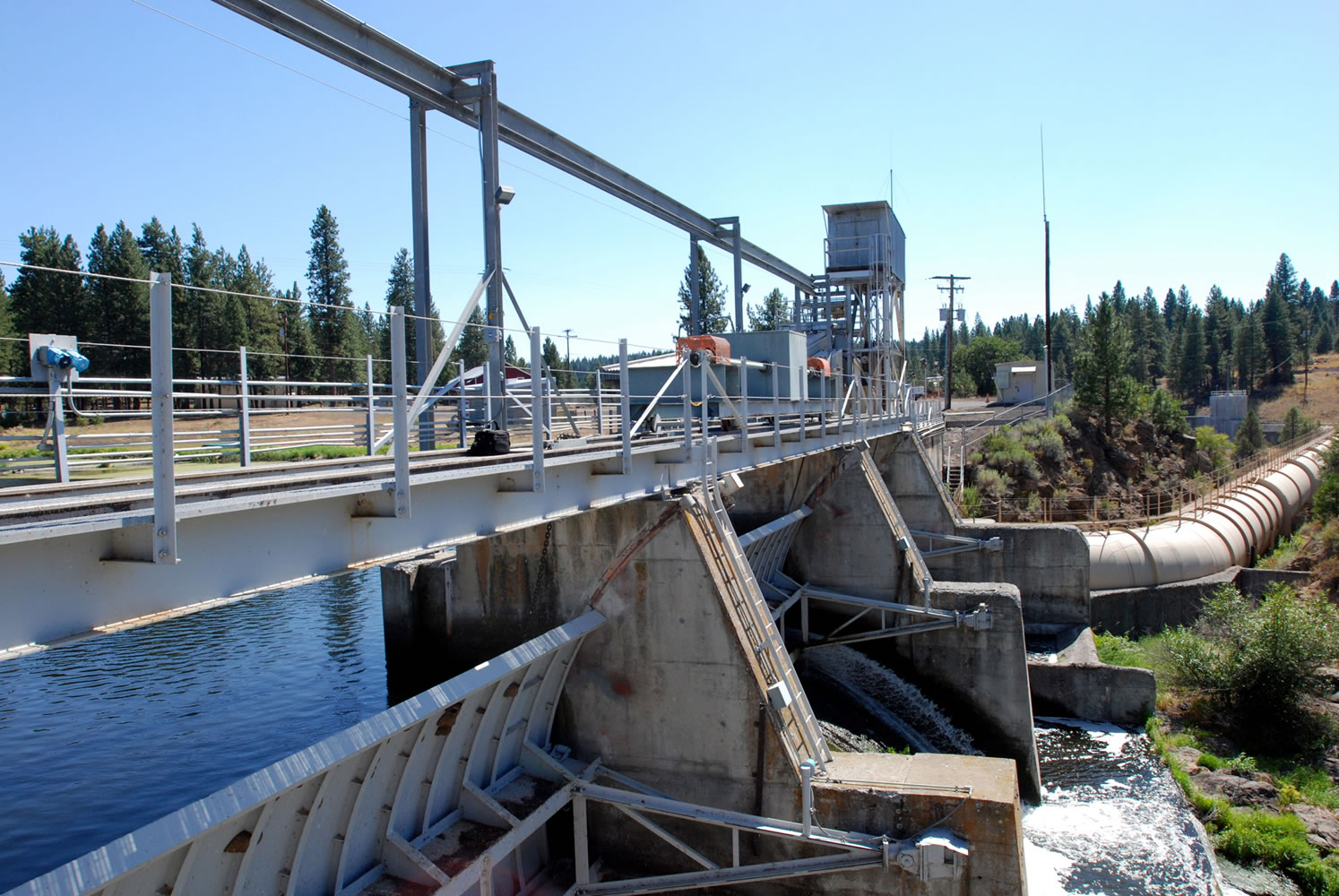GRANTS PASS, Ore. — The federal government on Thursday recommended that all four aging hydroelectric dams be removed from the Klamath River in southern Oregon and Northern California to help struggling wild salmon runs, and nearly $1 billion should be spent on environmental restoration.The final environmental impact statement making those recommendations was posted on a U.S. Department of Interior website.
However, whether that will ever happen remains in doubt. Legislation authorizing the secretary of Interior to approve dam removal and appropriating $800 million for restoration work have not gained any traction in Congress.
As one of his last acts before leaving office, Interior Secretary Ken Salazar called on Congress to take action, saying that removing the dams and implementing the Klamath Basin Restoration Agreement are important components of finding a solution to the basin’s water problems.
“Once again, the communities of the Klamath Basin are facing a potentially difficult water year under a status quo that everyone agrees is broken,” Salazar said in a statement. “We need a comprehensive solution addressing all the needs of the Klamath Basin, including fisheries, agriculture, (wildlife) refuges, and power.”
Battles over how to share scarce water between farms and protected fish reached a head in 2001, when drought forced the U.S. Bureau of Reclamation to shut off water to a federal irrigation project straddling the Oregon-California border in an effort to provide water for endangered sucker fish in the project’s main reservoir. Salmon in the Klamath River were also threatened. The next year, the Bush administration restored irrigation, but tens of thousands of adult salmon died when they returned to a river with low and warm water levels.
In 2010, Indian tribes, farmers, salmon fishermen and conservation groups ended a century of fighting over water by signing historic agreements calling for the sharing of water in dry years and the removal of four dams to open up hundreds of miles of salmon habitat shut off for a century. PacifiCorp, which owns the dams that produce power for 70,000 customers, agreed to the removal rather than pay millions of dollars for fish ladders and other improvements.
“This final report confirms that dam removal is both feasible and cheaper than any other option,” Glen Spain of the Pacific Coast Federation of Fishermen’s Associations, a salmon fishing group, said in a statement. “None of the many scare stories spread by dam removal opponents were found to have any factual basis.”
Jeff Mitchell, a member of the Klamath Tribes tribal council, said their community was “headed for a real train wreck” if action wasn’t taken quickly.
However, political and legal battles remain. House Republicans have not allowed the dam-removal measures to go to a vote. The conservation group Oregon Wild filed a 60-day notice of intent to sue the government, saying it had improperly imposed lower guaranteed flows of water for salmon on the Klamath River. And newly elected conservatives on the Klamath County Board of Commissioners have voted to get out of the restoration agreement.
On the Web: Klamath Restoration: http://klamathrestoration.gov/



